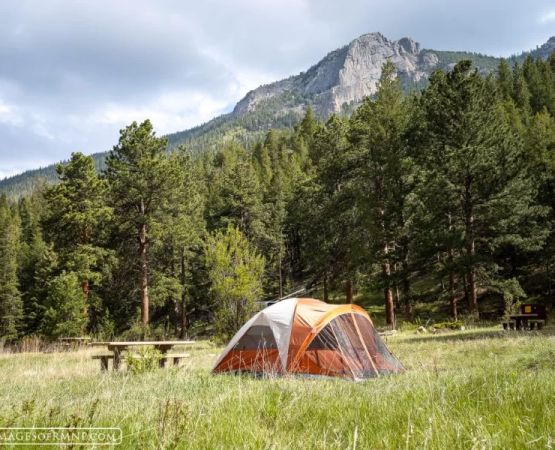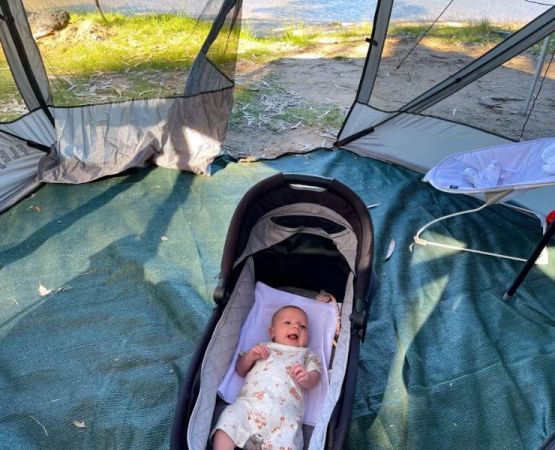- Understanding-Difficult-Terrain
- Key-Features-of-Quality-Hiking-Boots
- Real-Experiences-on-the-Trail
- Matching-Boots-to-Your-Hiking-Style
- Common-Mistakes-to-Avoid
- Why-Investing-in-Good-Boots-Matters
Understanding Difficult Terrain
Difficult terrain goes beyond a simple forest trail. It often involves steep rocky inclines, loose gravel, muddy paths, or even snow-covered routes. Each of these conditions places unique demands on your footwear. A casual sneaker won’t cut it—without proper traction and ankle support, you risk slipping or injuring yourself. This is why understanding the type of terrain you plan to hike is the first step in choosing the right hiking boots.
Key Features of Quality Hiking Boots
When evaluating hiking boots, pay attention to several essential features. Traction is critical; high-quality outsoles with aggressive lugs ensure stability on slippery or uneven surfaces. Ankle support is equally important—mid- to high-cut boots protect your ankles during long descents or when carrying heavy backpacks. Waterproofing can make a world of difference if your trail involves rivers or unpredictable weather. Breathability also matters, as no one wants sweaty feet on a ten-mile trek. At Pine Cliff Resort, expert gear recommendations focus on finding boots that balance durability, comfort, and adaptability for varying terrains.
Real Experiences on the Trail
Consider the story of Jake, an avid hiker who attempted a rugged trail in Colorado wearing lightweight sneakers. Midway through the climb, the lack of traction caused him to slip repeatedly, and by the end, his feet were blistered and sore. On his next trip, he switched to sturdy hiking boots with proper support and described the experience as “a night and day difference.” Stories like these remind us that the right gear is not just about comfort—it’s about safety and endurance.
Matching Boots to Your Hiking Style
Your hiking style plays a big role in the type of boots you need. For day hikers on moderate trails, lightweight boots with flexibility may be sufficient. Backpackers covering long distances with heavy loads benefit from rigid, supportive boots. Mountaineers tackling icy or alpine environments often require specialized boots with crampon compatibility. Understanding your style not only improves performance but also helps you avoid unnecessary strain or injuries.
Common Mistakes to Avoid
One of the most common mistakes is choosing boots based solely on looks or price. While style may matter in the city, trail performance depends on function. Another frequent error is skipping the break-in period. Even the best boots can cause discomfort if worn for the first time on a long hike. Investing in the wrong size or neglecting to pair your boots with proper hiking socks can also lead to blisters and frustration. Avoiding these pitfalls can make your outdoor adventures far more enjoyable.
Why Investing in Good Boots Matters
Hiking boots are not just an accessory—they are an investment in your safety and overall experience. A reliable pair can last for years, support you through countless trails, and even prevent injuries. For those who love exploring the outdoors, especially challenging terrains, good boots are worth every dollar. With expert recommendations and resources from Pine Cliff Resort, finding the right hiking boots becomes less overwhelming and more rewarding. After all, the right boots don’t just carry you—they empower your journey.







